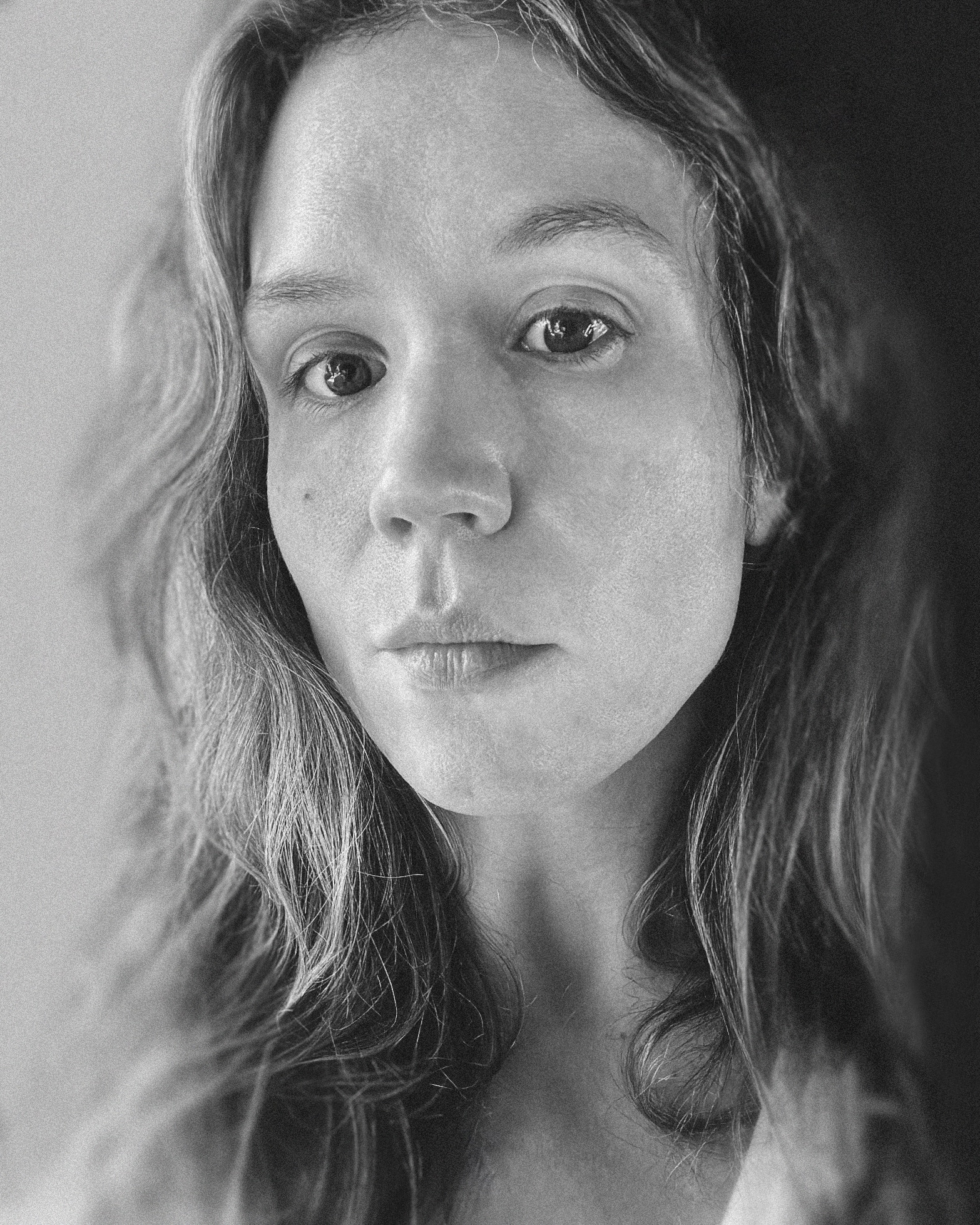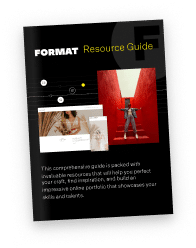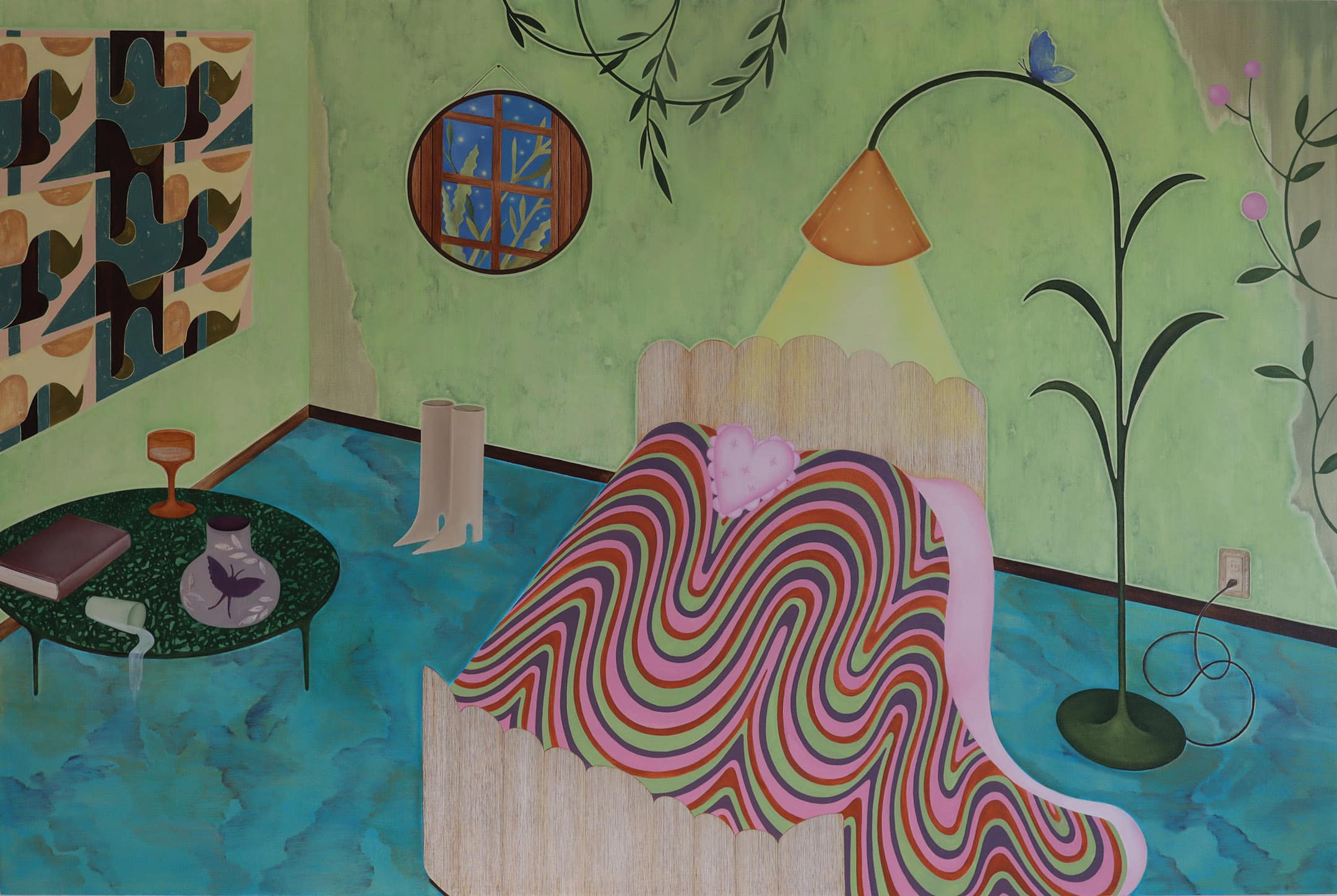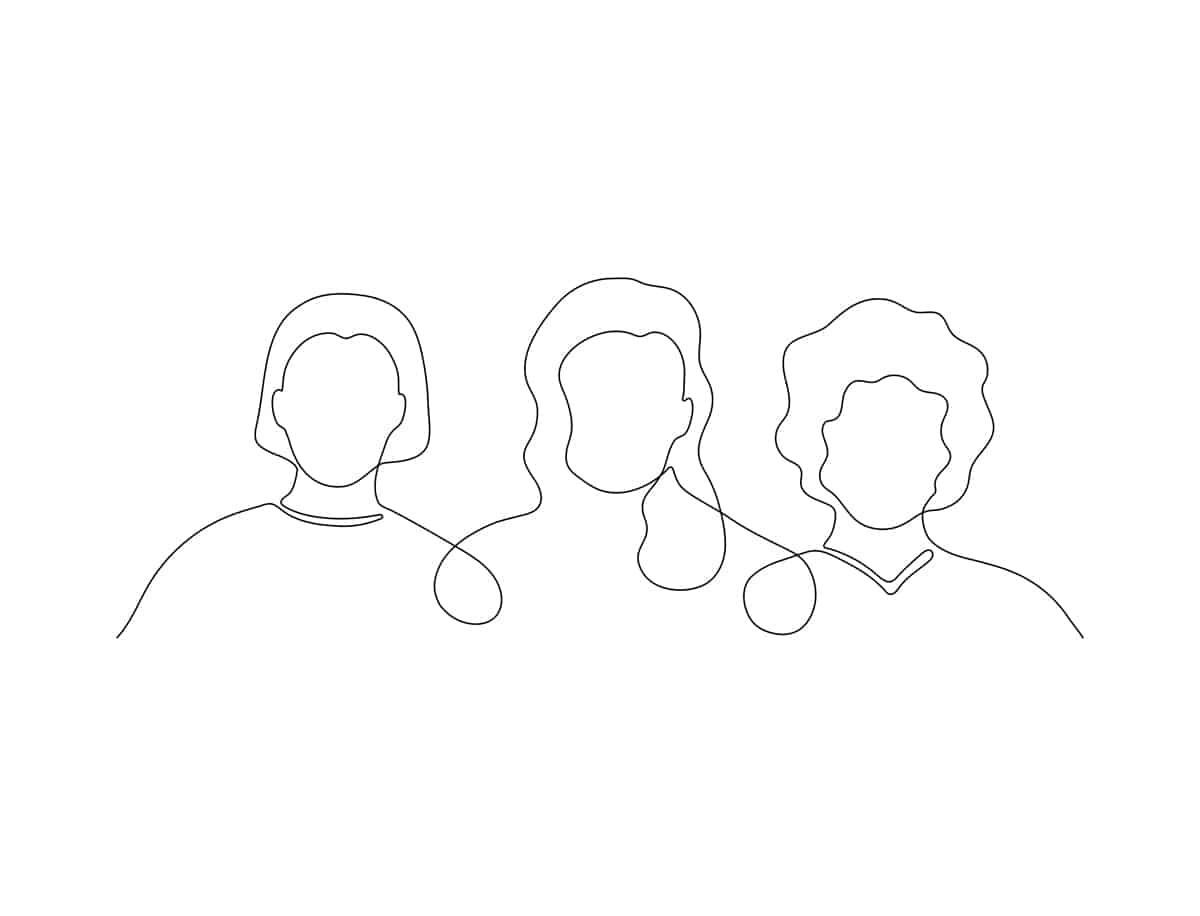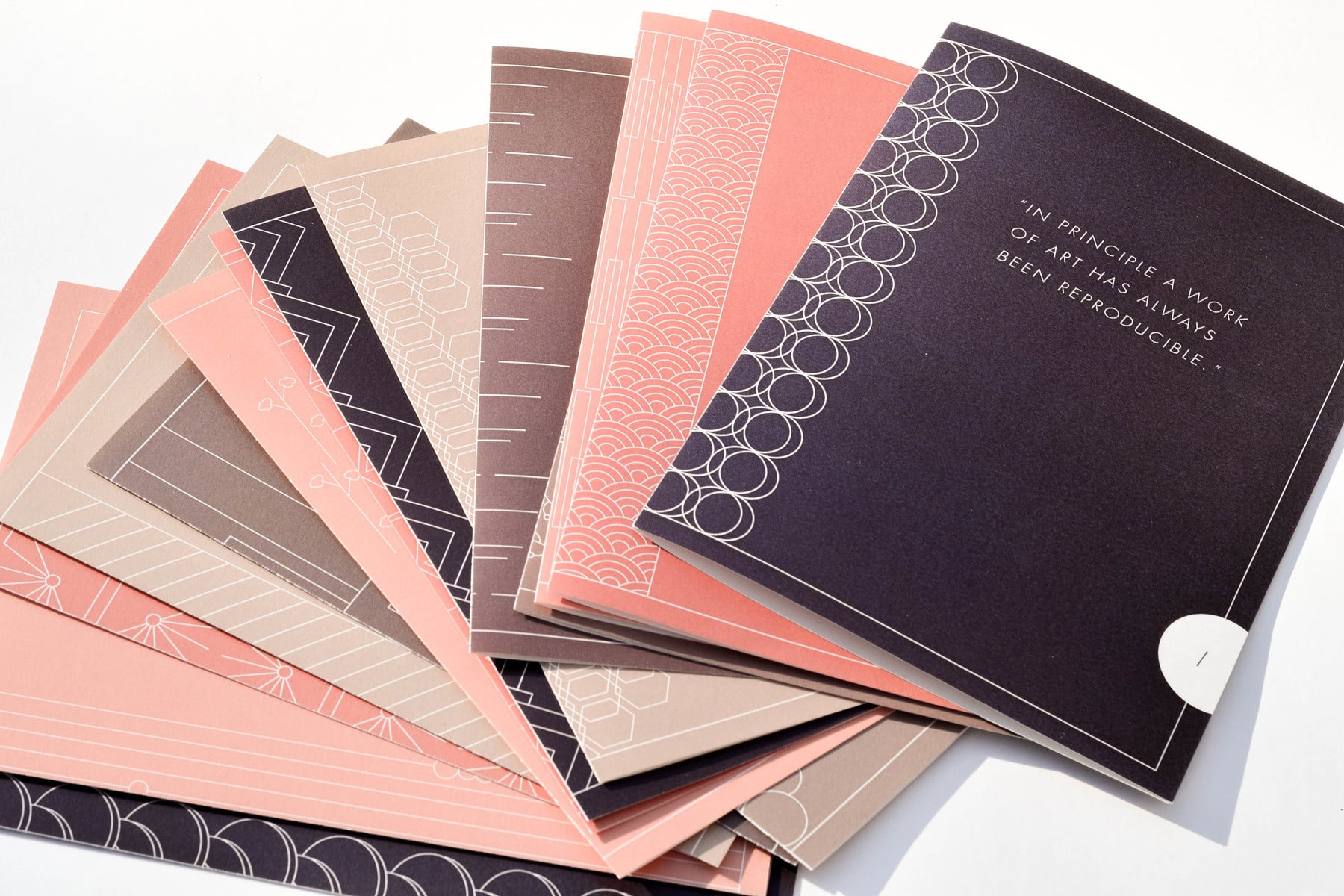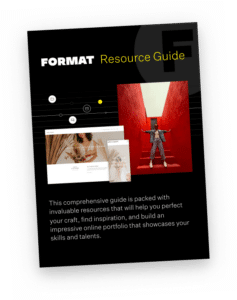Disclaimer
With over a decade of work history as a freelance photographer, website designer and educator–sometimes in addition to part or full-time roles, I volunteered to write this piece.
The reactions among my friends and colleagues could be described as a mix of skepticism, bemusement, and gentle ridicule. I received some very apt gifs in response.
I take that feedback. I’m a recovering workaholic, which is why it’s important to frame this for you: I’m not the model of balance you’re looking for. I’m here because I was and can still be the very example of what not to do, so I’m going to tell you how (in these ways) not to be me.
I also don’t believe that any specific model of balance can work for all freelancers.
Let’s start there: Work/life balance is a concept, a philosophical what-if more than it is an achievable state of being.
Like the aspirational Having it All before it, the more humble but still unattainable Work/Life Balance seems introduced specifically to make those unable to achieve equally-full buckets feel deficient for any element off-kilter. As a concept, a lot of writing on work/life balance has a similar vague tone of prioritizing the right things, and self-care is important plus a toxic baseline of girl-bossing and the grandiosity of the LinkedIn grind.
I’m always left asking: Where are the tips?
How do I work an 18 hour day and get laundry done?
Rarely do the solid tips come. That’s because they can’t back up the balance with a sustainable practice. So let’s forget equal weight and balance. Embracing instead the old metaphor of juggling. Quite often used in this context of professional expectations and life stuff existing as balls up in the air, but more as a caution, and metaphor for things on the verge of collapse. Always assuming that one will be dropped.
Which truly underestimates the talent of jugglers; freelancers know how to do a lot while being a lot–talent, manager, administrator, promoter, partner, animal/child/plant/parent-parent
Because it’s not about giving each thing equal weight, it’s about focus. Not every ball is in the air at the same time–there is always one in hand.

Focus
As a freelancer, the focus and dedication it takes to actually juggle your multi-hyphenate roles is often at odds with the hundred ways you can be distracted at any given moment. We are more reachable, frazzled, and distracted than ever before; a perfect storm for burnout. While providing some practical tips for ways to make what is often an unpredictable career sustainable, the guiding principle will be to create boundaries and protect your time and focus.
The Do Not Disturb, Sleep, and Focus modes are your friends.
Decision fatigue
Sometimes the fewer the options, the better the choices. Cutting down on decisions equates to saving the time it would have taken to wander aimlessly or have a complete meltdown–depending on the decision.
Saving time is key to efficiency, and efficiency in every area that can be streamlined means you can wander aimlessly in a good way–with your loved one on a nice forest trail. Remove unnecessary distractions and inconsequential concerns–not the fun one, the irksome little gnats of dumb stuff you don’t need to pay attention to, or silly things you have to do because you didn’t want to do that one bigger thing that would have prevented all of it.
Famously, world leaders and CEO’s have spoken about their work uniforms and how eliminating this trivial choice frees up their powerful brains for drafting policy and designing world-changing technology. This can be applied literally in your work as a freelancer, you may actually find it helpful to devise a work uniform or set of interchangeable elements that function for your practice.
Most of these tips involve setting up systems for workflow, or making choices ahead of time in a repeating pattern; mindful of why and how they save time. In practical application, this can take many forms. Breaking this down into sections, we’ll go over both macro and micro actions that can save you time, energy and focus.
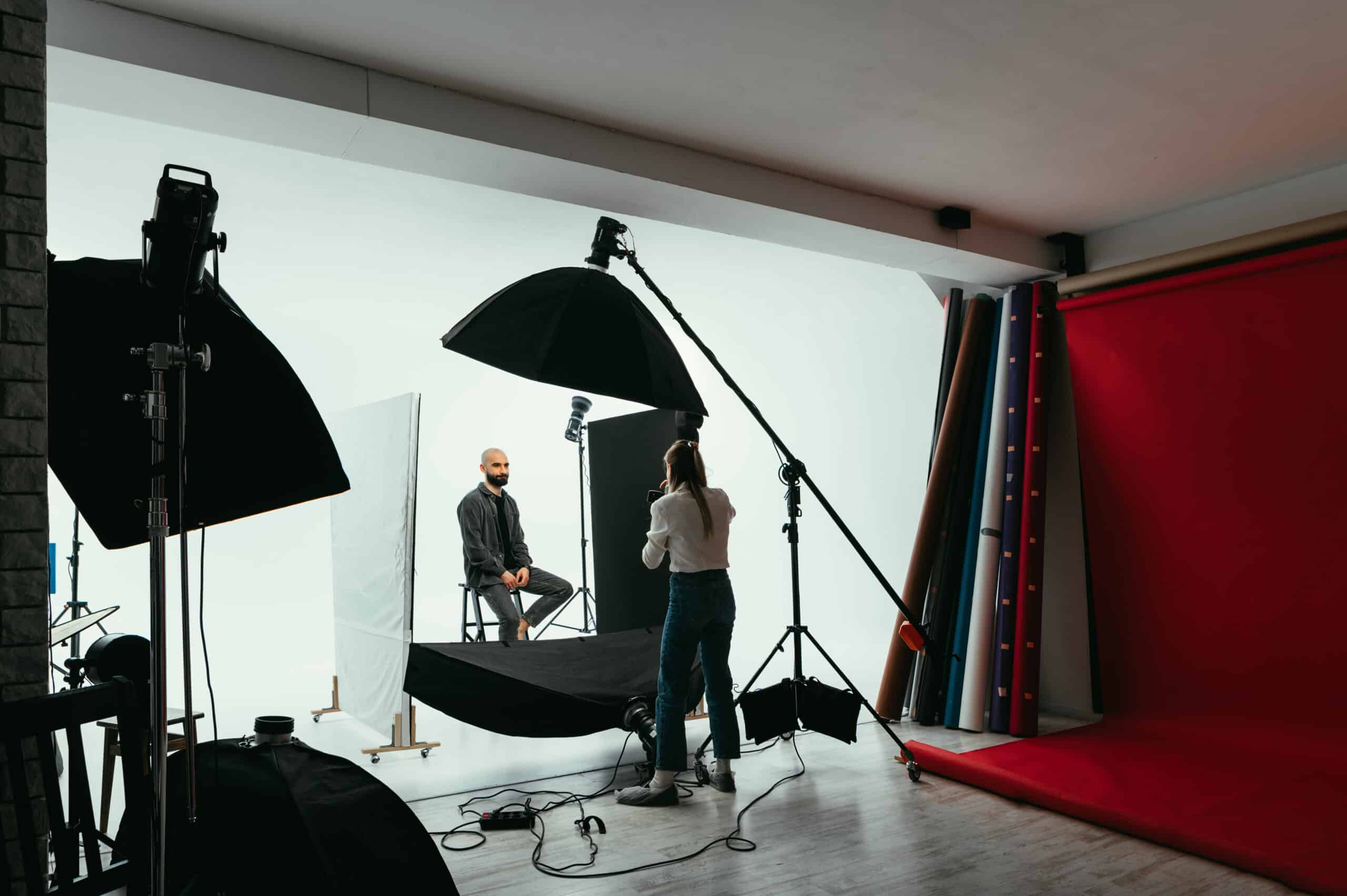
WORK
This is the part that requires the most wrangling to keep in check. Left without firm boundaries or strong focus, it begins to creep into every nook and cranny of your life, consciousness and even your unconscious.
The unconscious is a place where anything can happen, and instead of having dreams about flying, you could easily find yourself dreaming about work.
Workflow for Photographers & Designers:
Booking
There are some great online appointment and scheduling services out there that can integrate into your website to get you booked and your calendar synced so that you’re not manually entering shoots into a calendar with the uncomfortable margin for error that comes with. Some also handle payment, and allow you to incorporate contracts and write Terms of Service. This is a great foundation for getting new contracts, and preventing conflicts–both in scheduling, and billing–which is one of the worst parts of freelancing.
Get Started For Free
We specialize in portfolio websites so you can specialize in your craft. Format has been serving the creative community since 2012. Join our community of industry leaders.
Organization
Name files using a convention that makes sense to your work, and stick with it. If you have “final” “final2” “finalfinalfinal” hanging around, it’s time to figure out which final is really final, and then try a new system. I recommend:
For photographers: RAW→Selects→Edits→Client Proofs→Client Finals
For designers: Mockup→Draft→Revision→Final→Print Files→Web
For designers, website projects should flow similarly, but think of it as a duplicate of the site: main folder as site, and one each for Home, About, Gallery 1, Project 1 etc. Keeping your text and image files sorted.
If you just imported images from your phone for a project and their names are insane, import into your editor and export again with your preferred convention.
When you complete a project:
- Get those files to your clients
- Back them up–to your private cloud or to an external SSD as redundancy
- Get them off of your computer, you need the space
- For photographers, format your memory cards so they’re ready for the next gig
- Keep your contracts and invoices in one place, most sensibly, organized by the year.
- Consider storing these in a Drive or iCloud location as a kind of firesafe. This ensures you have your receipts for the 7 years usually required. This will help you immensely during tax time. As a freelancer, you should always factor in tax time.

Editing
Selects:
Do a quick pass, get those x’s out of there so you’re not tying up your memory unnecessarily. Delete them.
(this… also makes a good general life philosophy.)
Automate:
Establish a rhythm by making use of automations in your editing programs. Take the initial set up time to create your own Lightroom Presets, especially if you have a style and want to keep it consistent. This also applies if you’re shooting in a set limit of conditions, like art documentation where you’re likely shooting indoors in single-source lighting. Having presets ready to get your images nearly-there in editing will save you so much of your life.
If you’re not sure you have a defined style, and a client has given you samples of the work they’re looking for–very common in headshot, portrait and wedding realms, you can search for free presets to match in Lightroom or purchase some from other creatives. There are talented photographers who have shared their editing recipes. If this helps deliver the desired outcome to your client, do it!
But:
If your projects are each distinct–like in editorial photography when your aesthetic is meant to look different project to project, you can either purchase multiple presets, or keep things your own by automating on a smaller, shoot-by-shoot basis. When processing in Lightroom (or whichever editing software you use, even your phone or VSCO allows this) select the image most representative of the shoot in exposure, color and subject, and edit this image to your preference. Once ready: copy edits→select all other images→paste edits. You can fine tune from there, but you just saved a fair bit of effort and maintained visual consistency.

Delegation
If you are being booked abundantly, and your prices are actually high enough (when in doubt, check again), then it may be time to bring on some help to keep you from getting overwhelmed. Depending on your line of work, this can mean:
- A studio assistant: maintaining the space, your gear, set up and take down
- A production assistant: Imagine a world in which you get to take the photos and dictate the aesthetic of output, but someone will do the eye-searing work of post-production
- A second shooter: more coverage, angles, and assistance in editing
- An agency: if you’re already proving successful on your own, you may wish to remain a lone wolf, but there are benefits to teaming up with an agency–they have larger industry connections, and regular clients. They can also look after bookings and contracts.
- A cleaning service: writer, designer or photographer, if you’re working on multiple projects and many deadlines, this is a legitimate area of delegation
- An accountant: freelancing gets complicated and can quickly lead to hives–outsource if you can to a trusted accountant
If you need a studio assistant or second shooter:
- Ask the administrator of your local college or university offering arts based certificates and degrees if they would include your listing on their internal job boards and/or departmental email blasts.
- Scope out the instagram accounts of local emerging creatives and put out a call on your social media channels.
Grow Your Audience
Easy-to-use portfolio and SEO tools allow you to customize your site and search engine results in minutes.
Promotion
As a freelancer, your website is your portfolio and your CV. It’s advertising for you 24/7 in a nice passive way that means you don’t have to constantly network.
Depending on the cadence of your projects, you should make a regular habit of updating your website as regularly as you book.
- Add recently finished projects to your galleries
- Share a short blog post about new work
- Cross-post it to your socials.
These actions keep your site fresh, your SEO rankings higher, and you as busy as you want. If you put work into your site, you’ll get work out of it.
Busy is good, too busy is bad
Remember the golden rule of freelancing; if you’re too busy, you’re not charging enough, and if you are charging enough and you have more business than you can handle, you can either start to be selective about the projects you work on, and the clients you work with, or if you’re a photographer or designer, expand and bring on a partner.
Workflow for Writers
Take yourself (sort of) seriously
Like any other work, you need to set up to write, if not physically (I can’t make you put pants on) then mentally. I like working with a mechanical keyboard, because the satisfying clackety-clack makes me feel productive–even if a third of the sound is the backspace. Whatever puts you in the writing headspace should be part of your regular routine.

Concentration
More than most jobs that may have a person move from task to task, writing requires long concentration in order to connect what you’re writing to what you’ve already written. Otherwise you’re going to end up putting out a piece on the importance of work like balance in the style of Jack Torrens.
- If you have found concentration to be an issue because the internet has ruined your mind, try the Pomodoro technique and set a timer to write in 15 minute increments, then break, then write.
- Regularly set your notifications to Do Not Disturb when you’re writing, and if you share your space, signal that you’re not to be interrupted.
- Put your cat in another room. They are sabotaging you.
- Put your phone in another room. You are also sabotaging you.
Ultimately, unlike image editing–which can be automated–you can’t make yourself write if you’re not feeling it and no program is going to do it for you.* That blockage will be an albatross until you get something out.
If your brain is fighting you on every sentence, you have to trick it by doing something else.
- Write an outline or give yourself some creative structure
- Go to a cafe without wifi
- Go for a walk. If the words start coming, record a voice memo
- Write something else. Move to a different project so that you can get a little dopamine hit by finishing that listicle
- Take a mid-afternoon bath
- Read something good to inspire you
- Read something bad to anger you into writing something better
Write while the writing is good. When you start to lose it, step away because you’re just going to have to trash all of that later. Trash it before an editor sees it.
*No offence to our impending AI overlords, but ugh. Stop it.
Now that I’ve addressed the Work part of this circus act, in the next installment we’ll come back to Life.




